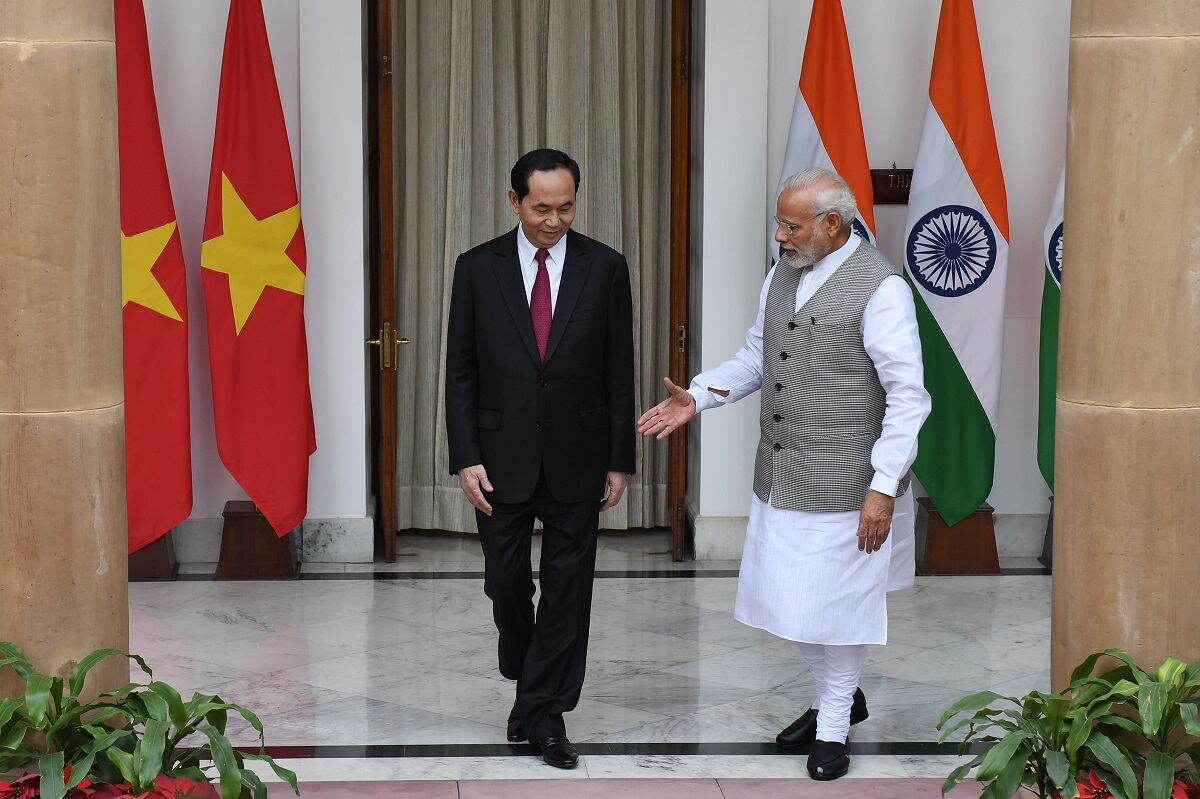Following the recent India-China standoff in the eastern Ladakh region, India is reported to have deployed its air defense systems, like the Akash surface-to air missiles as well as the Pechora, Osa-AK and SPYDER systems, in sensitive regions. This step was taken in response to the unusual movement of the People’s Liberation of Army Air Force to strengthen its offensive posture in the eastern Ladakh region. Naturally, India had to deploy its air defense system to ensure that it can strengthen its “defense by denial” capability.
A strengthened “defense by denial” capability automatically strengthens a state’s “deterrence by denial” posture. However, this posture can be severely jeopardized by China’s ability to make India’s “defense by denial” capability vulnerable. China has reportedly been trying to access data on and hack into missile defense, air defense, counter-rocket artillery and mortar systems, including the United States’ Terminal High Altitude Area Defense System and the Patriot system.
It will, hence, not be a surprise if it turns out China has already started to hack into India’s air defense systems in order to comprehend, analyze and assess its own offensive strength.
RELATED

One of the crucial elements of India’s defensive capability that remains vulnerable is the OODA loop — observe, orient, decide and act — which is responsible for decision-making during times of crisis, allowing decision-makers to observe the threat and analyze the actions needed. Any effort to jeopardize this process will automatically result in a delay to India’s response, or its inability to detect, track and intercept a threat.
Today, weapon systems and their OODA loop aim to have the shortest decision time for action. The shorter the time for the OODA loop, the greater the scope of the weapon system’s credibility and combat capability. In fact, survivability of missiles and missile defense systems is not just about greater mobility and stealth, but also about the decision-making time. Should India’s air defense become vulnerable to this, China’s offense-defense paradox will gain an advantage.
The more robust a country’s OODA loop, the stronger its combat and deterrent capability and the greater its scope of ensuring victory in maneuver warfare. The OODA loop enables greater ambiguity and deception — two crucial components of warfare. Compromising these can undermine deterrence.
This is something on which India needs to focus. Under no circumstance should India allow China to jeopardize its air defense capability. Even minor hiccups in the OODA process can create confusion and result in the loss of an air defense platform.
Hence, India has to ensure that the OODA loop of its defensive capabilities, like its air defense systems, are not vulnerable and that China is unable to affect the loop and act faster than India — an effective strategy among adversaries. India would need to take this into account. Only then will its air defense capability hold significance.
China will surely pursue a strategy of information dominance in the game of “offence-defense” balance, whereby it would try to collect, control and exploit the information on not just India’s air defense capabilities but also the country’s offensive capabilities. India needs to be wary of these advanced communication links and data processing capabilities.
Hence, it’s not just that India’s air defense systems needs to be protected from being destroyed by adversaries, and not just that its air defense systems need to be robust against any hacking, but utmost care should be taken so the OODA loop is not compromised. Only then can India ensure a combat advantage from both offensive and defensive postures.
Debalina Ghoshal is a nonresident fellow with the Council on International Policy, and an Asia-Pacific fellow at the EastWest Institute.








